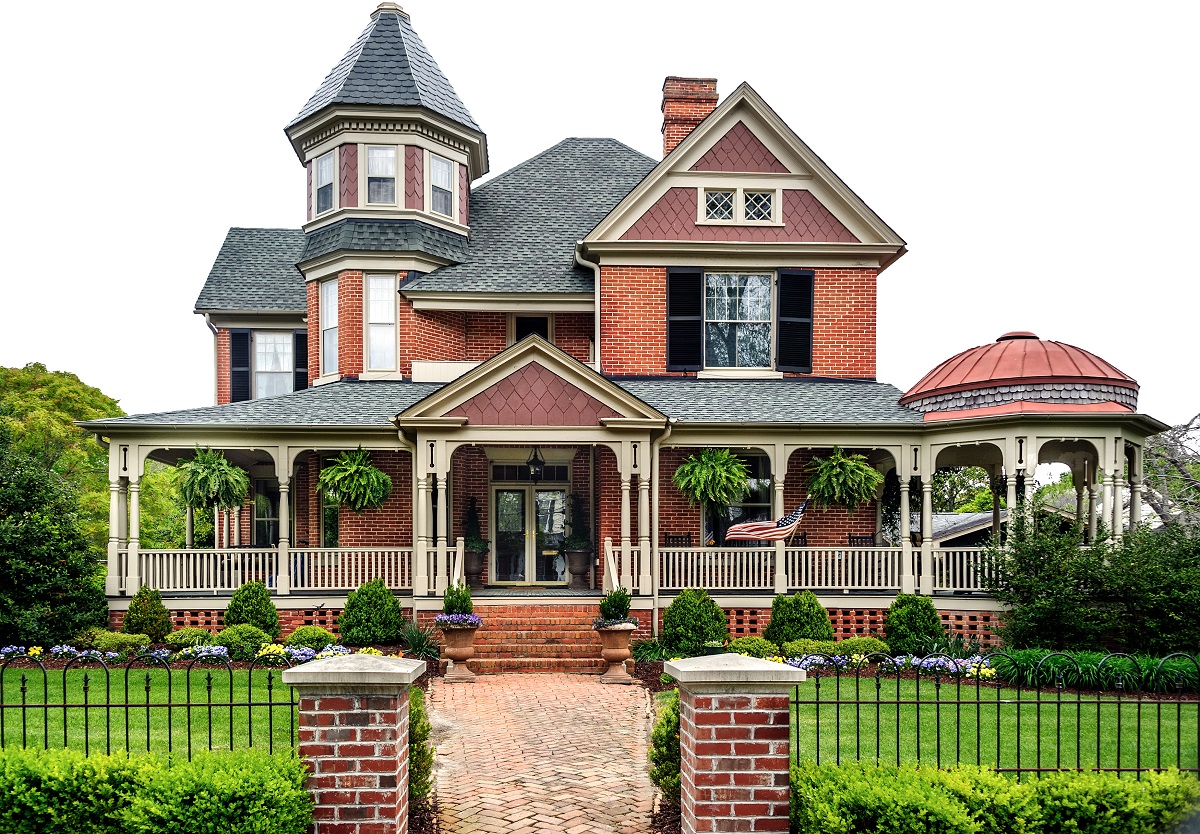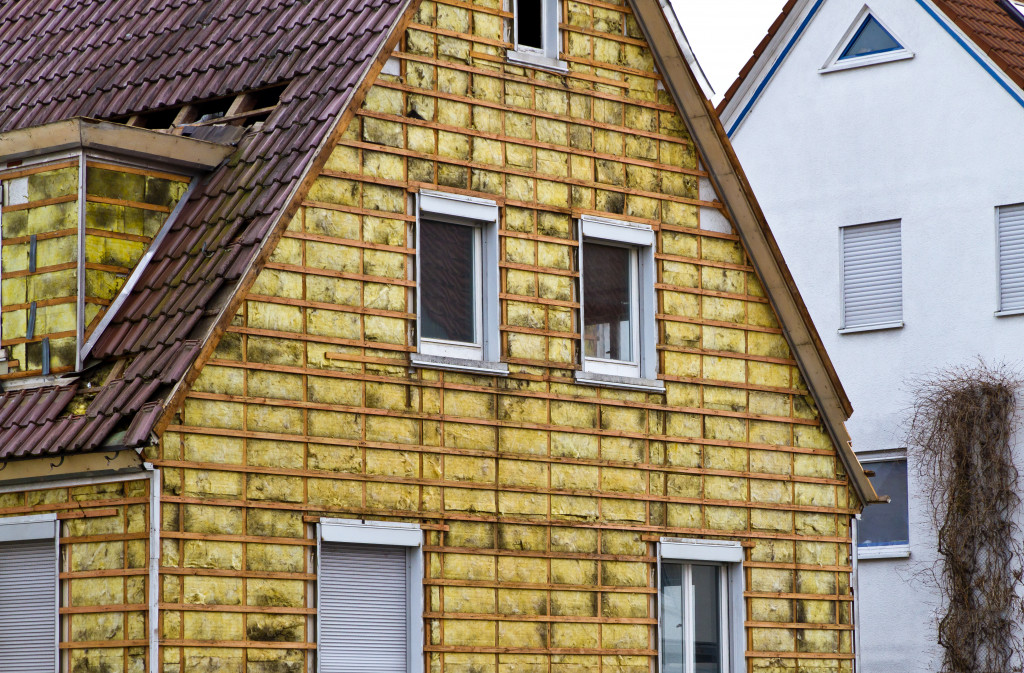Acquiring a house built years ago can be profitable, whether through inheritance or direct purchase. After all, who wouldn’t say no to stunning architectural features, fascinating historical tales, and lasting, ecological building materials? However, owning an old house is not always a walk in the park. It can be time-consuming with the necessary upkeep, maintenance, and various financial responsibilities.
Therefore, whether you want to sell it, move in, rent it out, or convert it into a passive income-generating business, it pays to know the initial steps to take to maximize its potential.
Conduct a comprehensive inspection.
First things first — consider how old the house is and how its original owners have maintained it over the years. Note that the craftsmanship and materials used then were generally higher than what we have nowadays. Thus, many old houses stand today, weathering numerous catastrophes, war, and time itself.
However, structural components such as lintels and poles may be insufficient under the current building standards and regulations. Thus, while the designs and framing could be worth preserving, there may be hidden traces of wear and tear that could compromise your health and safety. Therefore, consider hiring experts to have your premises checked inside out, especially for structural rots, leaking roofs, pest infestations, and drooping floors.
In addition, make sure to check its electrical system. The wiring of an old home typically had outdated cables and fuses that are unsafe in the modern setting. It is also incapable of supporting modern equipment such as home automation, security cameras, computers, and television. Therefore, frayed, scorch marks, tripping circuit breakers, and damaged materials will only exhaust your utility expenses and lead to fire accidents.
Have a qualified electrician inspect the house and guide you on potential repairs. Do not attempt to do it yourself, as this will only expose you and your property to more imminent dangers.

Preserve what you can.
The old house you acquired comes with rich history and memories from the past. It bears as a silent witness of what transpired back then. These can be seen through its surroundings, neighborhood, and structure. Thus, it pays to understand its story and preserve its character when doing significant changes and renovations.
Moreover, note that the house’s façade says a lot about the property as a whole. Thus, instead of bulldozing the garden and stripping it of its original charm, consider hiring a reputable residential landscaping service to help you preserve and restore it to its former glory. Furthermore, repairing your doors and windows is more cost-effective than replacing them altogether.
Of course, this may vary depending on the circumstance. For instance, if you think the living room is entirely non-functional, you may seek modifications that will allow you to turn it into one that matches your taste and complements the rest of the house’s furnishings. Moreover, watch out for toxic materials such as asbestos and lead-based paints, as this can be particularly harmful to children, especially when present on surfaces within their reach.
Inspect all areas susceptible to wear and tear, including staircases, porches, and window sills. Although outlawed in the late ’70s, some old houses built before 1978 may still have them intact. Thus, immediately consult an expert to determine the best course of action if you see any damage or noticeable cracking, breaking, chipping, and dampness.
Consider your equipment and appliances.
Given the number of things needed to prioritize, homeowners tend to forget to consider furniture placement when the moving day comes. It pays to remember that old houses may have smaller entryways and rooms than today since they were more compact back then.
Hence, consider measuring the space that your refrigerator, dishwasher, and ovens will take up before deciding on moving them in. It would also help to note the possible expenses and go for what you think fits your budget best, as well as the ones that will not sacrifice the home’s historic value.
Owning an old house can be both a challenging and rewarding experience. Finding the suitable material, strategy, and people to do the job can put you in a stressful situation; however, if done right, seeing the result manifest before your eyes will undoubtedly pay off in the long run.
Therefore, it’s vital to do your research and don’t hesitate to ask questions. Moreover, ensure that you get several opinions before settling on your final decision. Lastly, it pays to plan and have a clear vision of what you want to achieve to prevent rising costs and poor results.

